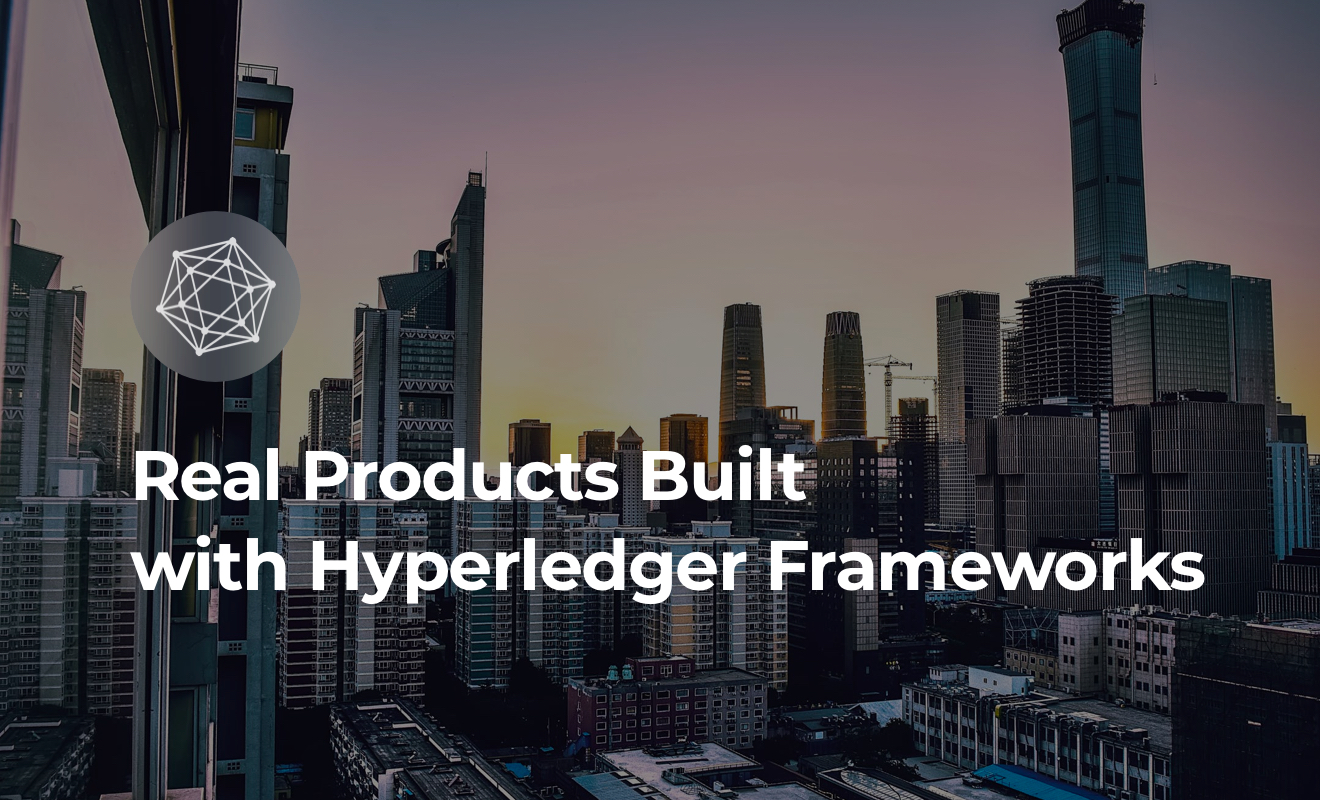
How the Consortium Blockchain Works
September 25, 2019
Corda and Real Businesses Built on Top of This Framework
August 23, 2019
Our speaker Roman Shaposhnik, a co-founder of Zededa Inc. and board member at The Apache Software Foundation, is a well-known expert and visionary in Open Source strategy and execution. At Zededa, he helps to create cloud-native edge computing. We asked Roman about the future of IoT and edge computing.
Edge computing is effectively moving the processing and decision-making capabilities of applications out of the datacenter and to a point as close to the source of data as possible to be accessed, processed, and triggered at the fastest speed possible. The vast amounts of data being created by “things” becoming connected and transmitting data make it nearly impossible to backhaul all this data from “dumb” edge devices to cloud and back.
Edge systems change the human experience because they allow software to understand and change the physical world in real-time when the processing happens at the edge. This same computing paradigm doesn’t replace the edge, as heavy processing workloads and long-term storage will still be carried out in the cloud/datacenter, but rather compliments what the cloud is capable of today with a new ability to have apps process in real-time, learn, react and control the physical world. These new abilities, known as cyber-physical, are not possible today if the software is dependent on the cloud.
IoT growth is well documented. But the real effects of IoT come when the data that is generated at the cyber-physical edge — the point where software starts to control, interact, and sense the physical world — can be reliably processed and acted on in real-time. As everything in the physical world becomes connected, sending data about what is happening to it and/or around it, machines have the ability to “see” the physical world and intelligently act on it. Those cyber-physical capabilities being added to software require things to change at the edge. That change doesn’t replace the cloud, per se, but actually allows cloud-native apps to move to the cyber-physical edge seamlessly without being re-written.
Application developers, tens of millions of whom are cloud app developers, want their applications take advantage of the data being made available by the physical world being hyper connected. They want the apps to understand the physical world and improve it (processes, leisure, safety, etc.).
As the world becomes more cyber-physical and connected, we at ZEDEDA are creating cloud-native edge computing that will take the principles of cloud computing, allow developers to move applications to edge systems and out of the datacenter, ultimately shrinking the concept of real-time — from an approximation of human reflexes (speed of a web page loading) to robotic-enabled time (microseconds to interpret data and make a car swerve). We’re doing this with a combination of distributed computing, peer-to-peer crypto-routing, embedded virtualization, and soon blockchain and smart contracts.
Blockchain holds promise in many aspects of IoT that don’t necessarily pertain just to value-exchange (i.e. cryptocurrencies). The concept of distributing trust to a peer-to-peer network is essential in the world of IoT and Edge Computing. ZEDEDA’s vision is to create an edge economy that allows apps to run anywhere. This means moving applications that run in data centers, where there is a single owner of all the infrastructure that provides the app developer with its entire virtual environment, to places where infrastructure is not owned by a single party.
It will be an extremely diverse environment — comprised of different hardware, different networks, etc. — that first needs a platform to abstract out the complexity and allows the apps to ask for “services” that it can trust; analogous to how one spins up an environment in AWS (but in that case trust is inherent to “I trust AWS”). That makes the edge a “cloud native” edge.
How does blockchain fit into this edge economy? There are three aspects: validating the objective reality, data provenance as well as value exchange.
IoT is all about cyber-physical systems embedded into the objective reality. These systems exist outside of confines of a datacenter and are often used to sample and interact with the world around them. In effect, they are constantly creating ‘digital twins’ of the real world in the same way that human consciousness is constantly maintaining the representation of the objective reality that our bodies are embedded in. But how can you trust that this ‘digital twin’ is, in fact, presenting an accurate representation? How can you avoid the problem of ‘fake news’ digital twins? The most fruitful answer to this is context-sensitive consensus. Something that blockchain technology excels at.
In the area of data provenance, the platform running the cloud native edge should inherently look to be able to track immutably who is creating the data, when it was created, and as the owner of that data what the owner’s rights are with regards to manipulating the data. A data provenance service would allow an app developer to add devices to the network and have every piece of data tracked, enabling that data to be accessed by others, but not without express permission of the originator. This service can be provided to that app by a platform via smart contracts and blockchain. For example, today there are farm equipment companies offering IoT services and apps to improve farming using the data collected, as well as data from other users in the area — hyper-local.
But today, without blockchain, the only way the app provider can use the data in this way is to have the farmer sign a EULA (end user licensing agreement) that says “whatever you generate on this service belongs to me…” and the customer loses ownership of the data. If the app was built on a platform using the blockchain with smart contracts, every piece of data generated on my farm becomes identifiable and if I choose to leave the service, my data comes with me and/or can easily be deleted.
Value exchange is actually very compelling for IoT as interactions between edge systems can require many micro-payments.
We can take a Public Safety application in a Smart City as an example. If I have a facial recognition app in my Police Force and there is a dangerous criminal on the loose. The city will have cameras they own, cameras owned by utilities and cameras owned by private companies. The owners can all have platform-enabled cameras using the blockchain network. As use of the cameras for the Public Safety app has value, I can “pay” all the camera owners to allow use of the cameras, to run the facial recognition app temporarily, to help catch the criminal. Once the job is done, cameras are released and everyone is compensated for the use of their assets instantly.
Smart Cities are a good example because typically the problem with investing public money for this type of infrastructure has terrible ROI as the asset sits unused the vast majority of the time. This would allow very efficient use of funds as the city can develop applications and pay only for the “cloud native” resources required rather than deploying their own assets (sound familiar?).
This is the vision of the edge economy — a diverse hardware environment, with a diverse set of asset owners, application developers that want access to the data and an efficient platform for all of them to meet peer-to-peer. It’s an ideal environment for blockchain services.
Remember how Internet was a crucial breakthrough 20 years ago? IoT and Blockchain are the same crucial ingredient of our day.
Of course, in order to truly realize that vision a whole lot of next generation software will have to be written to make the edge of the IoT as easy to manage and program for as the public cloud has become. Here at ZEDEDA we’re taking a crack at it, but we’re also convinced that given the enormity of the task — it will take a global Open Source village to tackle this challenge.
We truly hope that just like 20 years ago, we are about to witness the birth of a new, decentralized and highly peer-to-peer economy giving rise to the kinds of business models we haven’t even dreamt of before. Blockchain is in its infancy (just like Internet was 20 years ago) but just like the Internet it will allow a radical rethinking of value creation and value transfer. Even the value of open source itself can potentially be tied to that.
This level of collaboration can only be achieved through vibrant open source communities.


